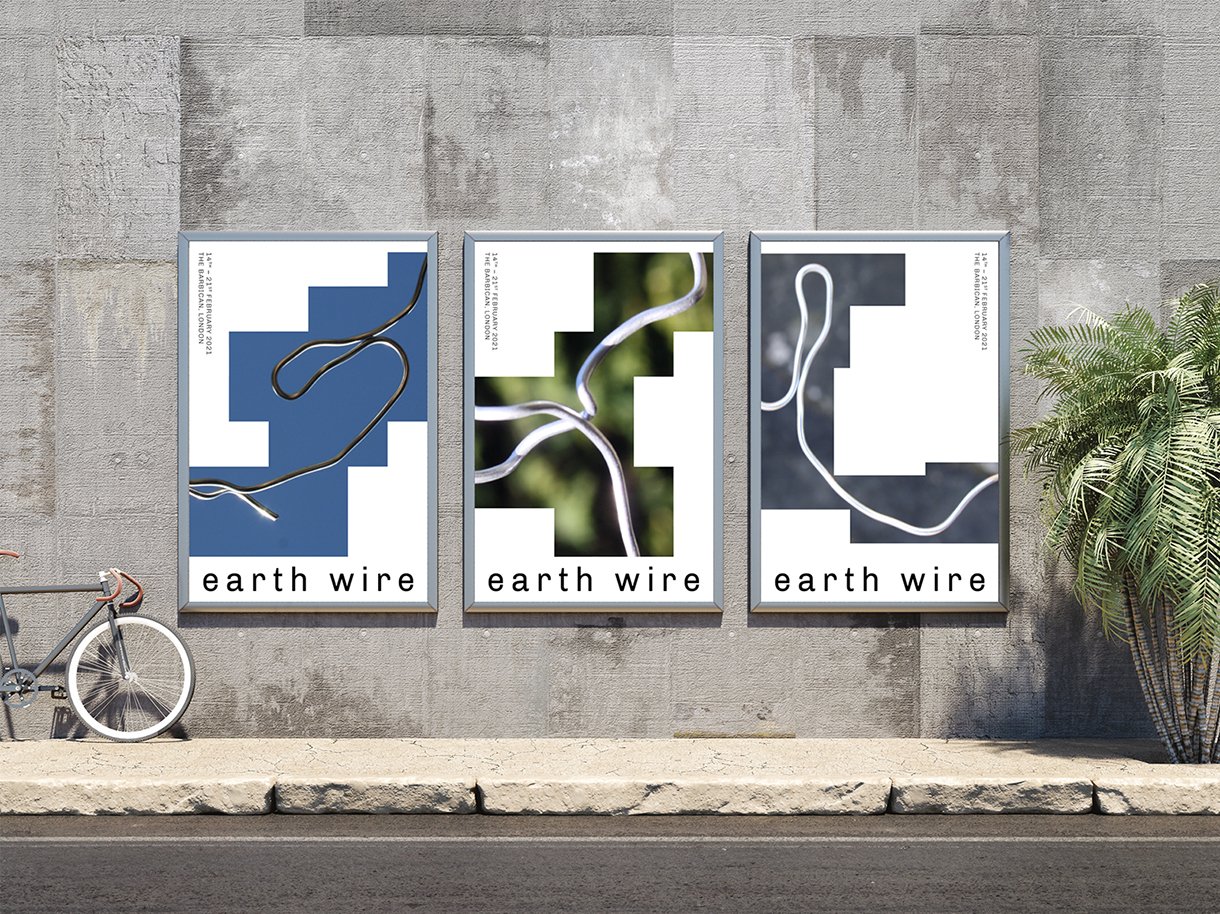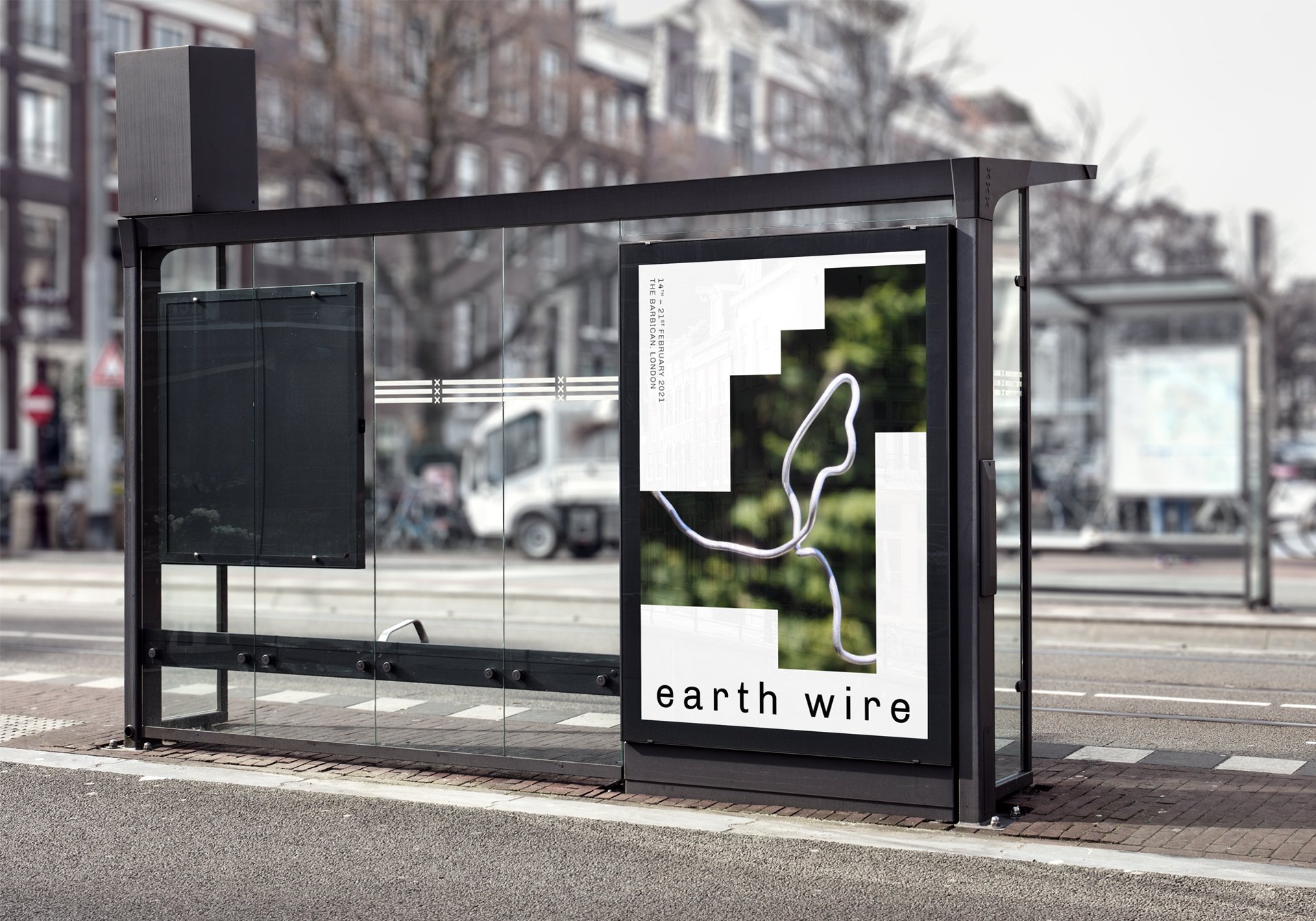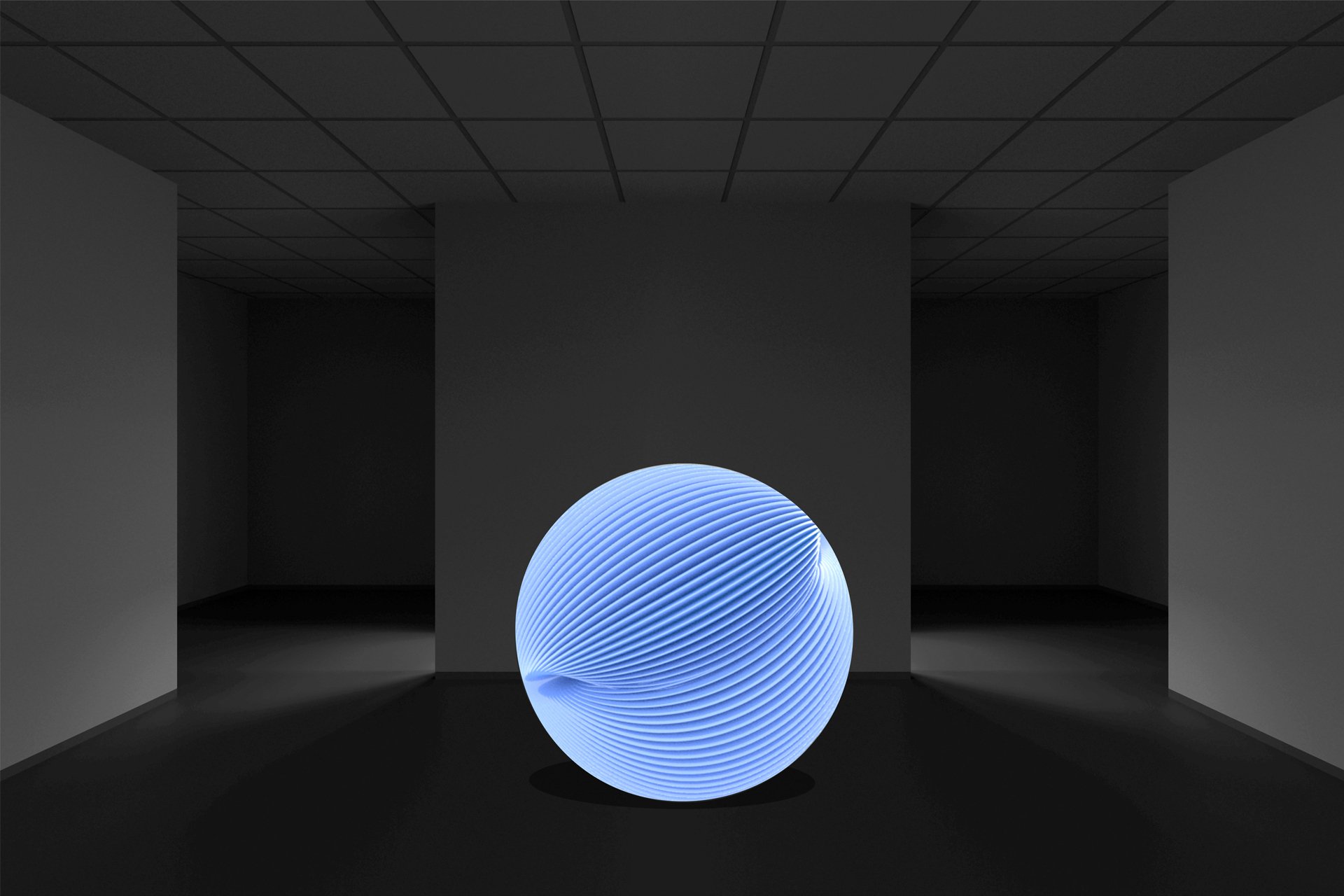Emily Hawes
Email address
moc.liamg@ngisedsewahylimeBiography
I’m a multidisciplinary graphic designer with a desire to question, understand and highlight different perceptions. With forward thinking and value driven concepts I aim to improve design experiences and to find a balance between physical and digital mediums. My work touches upon branding, art direction, user experience, motion graphics, information design, environmental design and photography. Going forward, I hope to learn from not only industry, but eventually follow my curiosity and push my ideas with further study.
Portfolio
earth wire
Earth wire is a theoretical festival that aims to showcase, demonstrate and discuss the need for nature, through the filter of technology, to be better integrated into our everyday. With both a decline in mental health and a greater disconnection from nature, digital media can reconnect us to the natural world to produce mentally beneficial experiences. The location would be The Barbican in London and take place between 14th – 21st February when mental health is suggested to be at greater risk. Headlining and exhibiting would be teamLab, Lucy Hardcastle Studio, Sue Thomas, Hugh Arcier, Studio Drift, Björk and Jennifer Steinkamp. The festival content ranges from digital artists and speakers on technobiophilia, immersive public installations, depictions of nature on digital billboards in urban areas, scenic digital ceilings in hospitals, virtual reality, and critical analysis questioning those depictions and perceptions of nature through digital mediums.


2D–3D
An investigation that aims to highlight the differences between 2D and 3D. This project hopes to reflect how a dyslexic brain processes information in 3D rather than 2D and find ways to communicate these differences in the future and perhaps create better understanding and empathy. The stop motion video forms part of a catalogue of digital and physical experiments. The video focuses on the physical experiments of the investigation using the tension between word and image to challenge perception. The first section introduces the 2D version of the object on the left and 3D version on the right. The narrative continues by refining definitions and questioning them throughout the video, eventually ending with what is easy and what is harder for a dyslexic to process.
Synesthesia
Synesthesia, which is a neurological-phenomena, is when stimulation of one sense leads to an involuntary experience with a second sense. This project aimed to communicate the visuals I see when I hear various sounds. Using the audio from an RSA Student Design Awards brief and Cinema 4D motion graphics, I learnt, experimented and proposed to design an interactive, multi-sensory experience that allows audiences to see the visual I have when I hear that particular dialogue. This provides an opportunity for the user to engage, empathise and try to gain a better understanding of a synesthesic experience.
